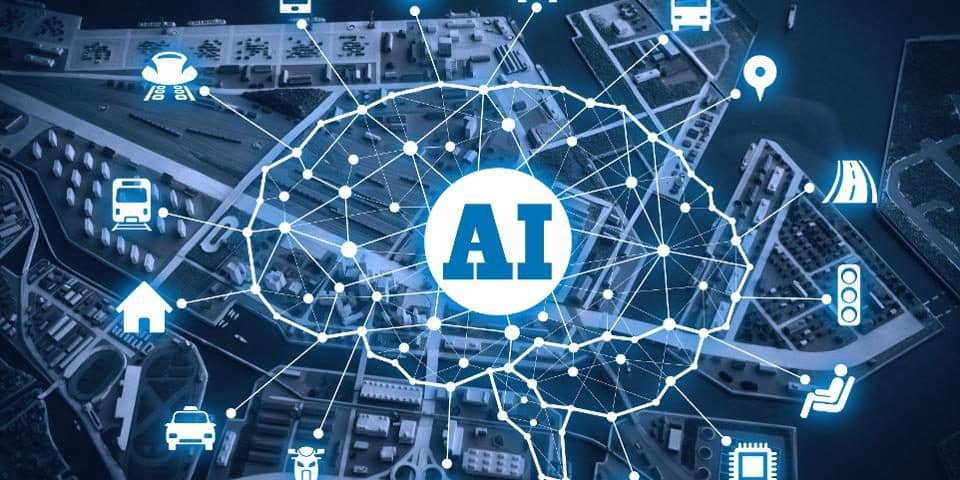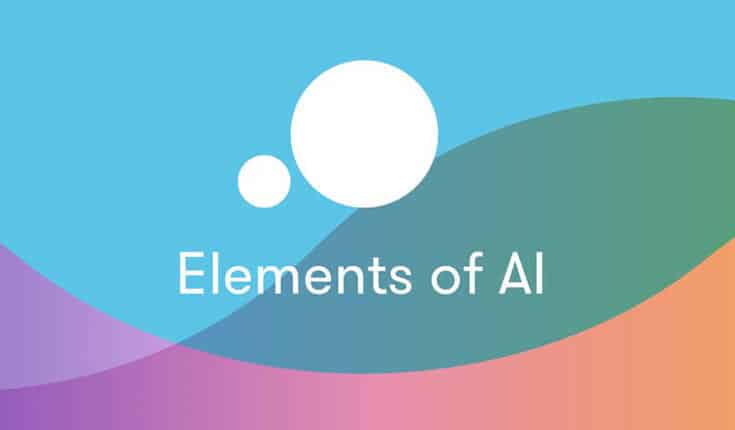What Is The Difference Between AI, ML, And Deep Learning?
After seeing all the latest innovative technologies and ideas, we can assume and confirm what developments modern robotics and artificial intelligence will bring to our lives, both in the personal and professional fields. However, in the middle of so much crowd, it is always relatively easy to find the terms that make us easily confused. Yes, I am talking about Machine Learning (ML), Deep Learning, and Artificial Intelligence (AI). They are indeed all related since they are based on the processing of data in large quantities (Big Data), but their level of complexity is not comparable. Also Read: Top 5 Smallest Linux Distros That Need Almost No Space Broadly speaking, we could say that Artificial Intelligence is the most “basic” technology since it always responds equally to the same parameters, which has evolved in Machine Learning (ML), which is capable of self-learning and correcting errors. In Deep Learning (the most complex among these three terms) it makes decisions based on the data.
To understand these three terms better, we will show you all an example; imagine that we want to identify the making and model of all the vehicles that pass through a street. On the one hand, we would have the images and sound of the cars and, on the other a massive database with the shape, technical characteristics or engine sound of thousands of vehicles. So, that an artificial intelligence system would identify the cars of the images by their approximation to the data they know, but it would not always be right since there are many cars with very similar characteristics.
How do they work?
While a system with Machine Learning could “learn” the data and classify the vehicles more accurately, but one with Deep Learning can “train” on the new data it receives. It means that it can use a wrong differentiator and make a mistake once, but the next attempt would take it closer to the correct result. The Deep Learning takes basics of AI (Artificial Intelligence) and focuses on solving real-world problems from deep neural networks that mimic the way our brain makes decisions. Yes, it uses the data it knows to make decisions about new data. Hence, it is the technology which is quite most similar to human brain functioning. These networks are logical constructions resulting from a series of binary questions (true or false, yes or no) from which a numerical value is extracted; each time it incorporates a new data string, it transfers it to that neural network and classifies it according to the answer to those questions. This classification simply allows you to process a huge amount of data, but at the same time, we have to accept that they are also very complex though they seem interesting. It was just like recognizing people in a photograph.
What applications are being given to Deep Learning in the industry?
Autonomous cars: These vehicles simply uses Deep Learning that simply allows them to “know” where they are traveling and not only that even they also help to recognize the obstacles that lie ahead. Coloring black and white images: By teaching computers to recognize objects and learn what should resemble human beings, color can be turned to black & white images and video. Analysis and generation of reports: The systems with automatic learning can analyze the data and tell about them with a natural language, similar to the human, accompanying them with infographics and other graphic elements that make them more obvious. Predict the result of court proceedings: Yes, it may sound quite odd, but, it is true, as recently a group of British and American investigators has developed a system capable of correctly predicting a court’s decision, based on the facts and evidence presented.
So, what do you think about this? Simply share all your views and thoughts in the comment section below. And if you liked this explanatory article then do not forget to share this article with your friends and family.

